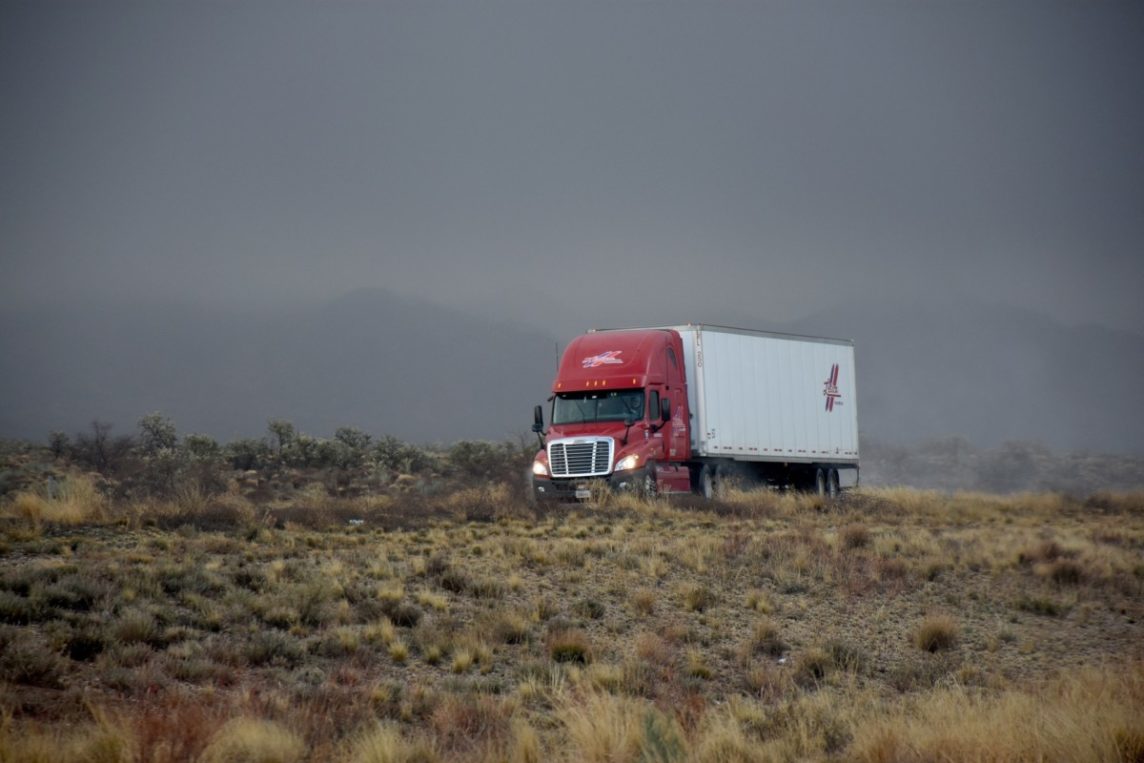When longtime LTL titan New England Motor Freight (NEMF) announced it was filing for bankruptcy in February, the news was greeted with shock, sadness, and plenty of blame. For its part, NEMF largely blamed its employees’ union for refusing to make contract concessions. Many industry observers blamed NEMF’s biggest customers, especially Amazon, for forcing the carrier to accept low rates. But the death knell arguably came when Saia, a non-union LTL carrier, set up shop in NEMF’s territory, effectively undercutting it. There’s nothing new about carriers undercutting each other’s prices of course, but the story of NEMF should be a wake-up call to shippers and carriers, because the ultimate effect of such closures is to drive up prices even as it drives high-quality carriers out of business. It’s in the best interest of both carriers and shippers to put a stop to this vicious cycle.
NEMF’s bankruptcy made headlines given its stature and the fact that in 2017, it was ranked 18th in the LTL sector, making it the biggest LTL carrier to shut down since CF Motor Freight went out of business in 2002. The demise of NEMF reveals that even in a time of high demand, the LTL landscape is surprisingly fragile. LTL and FTL carriers frequently run on razor-thin margins, making them vulnerable to a host of dangers, from competitors’ disruptive pricing to bad weather. As one shipper told JOC, “My concern is, how many other LTL/FTL carriers are in the same financial health as NEMF, yet unknown by the shipping public?”
Of course, smaller carriers rise and fall all the time without making headlines. It’s common for a new or struggling carrier to carve out market share by undercutting its competitors, and shippers are usually happy to advantage of the lower rates. The carriers promising the rock bottom rates usually go out of business, but the damage to the overall market is done, since reputable carriers can’t charge enough to maintain their own equipment and personnel. What looks like a short-term rate victory for shippers becomes a long-term headache. Given its size, NEMF’s closure will be particularly disruptive, likely tightening LTL capacity in the Northeast and raising prices in both the short and long-term. NEMF’s customers will find it challenging to book their freight elsewhere, and according to one industry expert, “a lot of bad freight is going to get re-priced.”
So if both LTL carriers and shippers are losers when it comes to disruptive prices, the question is: who wins? The answer may be the giant retail customers whose business is increasingly the cornerstone of the LTL market. Though NEMF didn’t publicly blame Amazon for its demise, Evan Armstrong, a logistics researcher, told Transport Topics: “NEMF was burdened by several large underperforming contracts, including Amazon.com.” Retailers like Amazon and Walmart have a double incentive to chase cheap freight. On the one hand, naturally, they’re concerned about transportation costs that they must pass on to their customers; Amazon reported that its fulfillment costs rose from $11.5 billion to 21.7 billion from 2015 to 2017.
If Amazon demands rates that leave the LTL market in a shambles, that may work to its advantage, once it launches its own in-house shipping and logistics business. This plan is already in motion, and in its 2018 public filing, Amazon listed transportation and logistics services as competitors, a company first. Walmart is following suit by investing heavily in its private trucking fleet, and both companies are aggressively courting drivers. In this environment, when carriers are driven under by disruptive pricing, their drivers are more likely to be absorbed by big retailers, thus worsening the driver shortage for everyone else. Since trucking was deregulated, it’s become normal for carriers to try and undercut one another, and for shippers and brokers to prioritize getting the lowest rate above all else. But when carriers are driven into bankruptcy, it turns the LTL/FTL market into a game of musical chairs, and shippers are going to be the ones left standing.
Red Arrow Logistics has the scale and scope to meet the budget and schedule requirements of the largest and smallest companies alike. If we can be of assistance, please email me at liz.lasater@redarrowlogistics.com or give us a call 425-747-7914


